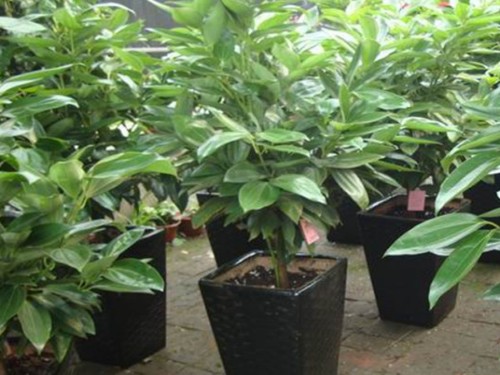Pruning skills of Lang Elm Bonsai
The dried elm is slightly curved, the bark is mottled and elegant, the twigs are graceful, and the autumn leaves turn red. It is a good ornamental tree and factory greening, greening tree species on all sides, often planted alone into a scene, suitable for planting near the pond and pavilions, but also between mountains and rocks, but there are more diseases and insect pests. It has strong sprouting power and is a good material for making bonsai.
Nut elm has beautiful tree shape, chic posture, mottled bark and fine branches and leaves, so it has high ornamental value. It is suitable to plant alone, in clusters or with pavilions in the garden, and it has a good ornamental effect as shade trees, street trees or bonsai. Because of its strong resistance, it can also be selected as a greening tree species in the factory mining area.
Hammer elm bark is mottled and scaly, branches are simple, sprouting is strong, resistant to pruning, easy to manage and protect, is a traditional bonsai tree species. The branches and leaves of Ulmus pumila grow fast, so it is appropriate to prune regularly in order to maintain the bonsai model. generally, when the new bud branch extends to 5 cm, only 2 leaves remain, and the rest are cut off. In order to control growth, buds can be removed at any time.

This is a small tree that originally grew inconspicuously on the edge of the wall. The teacher found it and transplanted it into a basin. After many times of binding and pruning, it has initially taken shape. Let's share with you the latest process of binding and pruning. Through this small tree, I mainly want to introduce the "sacrificial branch" to you. Please watch patiently.
After growing for more than half a year after the last pruning, it has grown up.
There are many new branches of different thickness, the thicker branches have a high degree of Lignification, brittle and hard, it is easy to break around the aluminum bar, and it is not easy to achieve the ideal position, so cut it off and leave the small wool strips tied into shape.
The thicker branches are cut off at the top and the velvet twigs are left.
To tie up and bend, the main points of bending are: only bend at the base of the branch, do one or two bends, do not do a little, release, wait until it has grown to a certain thickness, leave half to one bend according to the situation, or two bends, and cut off the rest.
Capping
After the top is done, I said before to do the bending and stocking, but here I cut off a little to show you. We can obviously see that the newly shaped cashmere branch is too thin, and the thickness ratio of the upper branch is not coordinated, and the shaped cashmere branch needs to be stocked to a certain thickness.
What it looks like when it's partially done.
When it comes to the sacrifice branch, we should pay attention to the red-enclosed branch, which is the sacrificial branch, which is left by the last pruning, or even the last pruning, so it is obviously thicker than other branches, and the length and thickness of the sacrificial branches also drive the green-enclosed branches to grow thicker, making the green-enclosed branches and black-enclosed branches have a transition from thick to thin.
Now that the thickness of the branch is in harmony, it is useless to sacrifice the branch. If it is cut off, it will die bravely, so it is called "sacrificial branch".
The teacher is doing the second job, single-minded (front). Brother and Uncle Sun are watching carefully.
Time: 2019-06-10 Click:
- Prev

What kind of breeding does Cycas use?-Propagation methods of Cycas.
Iron tree originated in south-central China, India, Japan and Indonesia, and originated in East and Southeast Asia. Zhejiang, Jiangxi, Hunan, Sichuan and other places are widely cultivated; North China, Northwest China and other places as potted plants for indoor viewing. Cycads like sunshine, dry and ventilated environment, not cold-resistant, good fertilizer, like sandy soil, slow growth
- Next

Propagation methods of potted safe trees
Ping an tree is a kind of bright green and auspicious Lanyu cinnamon (cinnamon, ping an tree). Ping an tree is the elegant name of Orchid Island cinnamon. It has the role of potted ornamental plants, is one of the common family foliage plants, air conditioning is very good! People gave it an auspicious name, Ping an Tree.
Related
- Fuxing push coffee new agricultural production and marketing class: lack of small-scale processing plants
- Jujube rice field leisure farm deep ploughing Yilan for five years to create a space for organic food and play
- Nongyu Farm-A trial of organic papaya for brave women with advanced technology
- Four points for attention in the prevention and control of diseases and insect pests of edible fungi
- How to add nutrient solution to Edible Fungi
- Is there any good way to control edible fungus mites?
- Open Inoculation Technology of Edible Fungi
- Is there any clever way to use fertilizer for edible fungus in winter?
- What agents are used to kill the pathogens of edible fungi in the mushroom shed?
- Rapid drying of Edible Fungi

